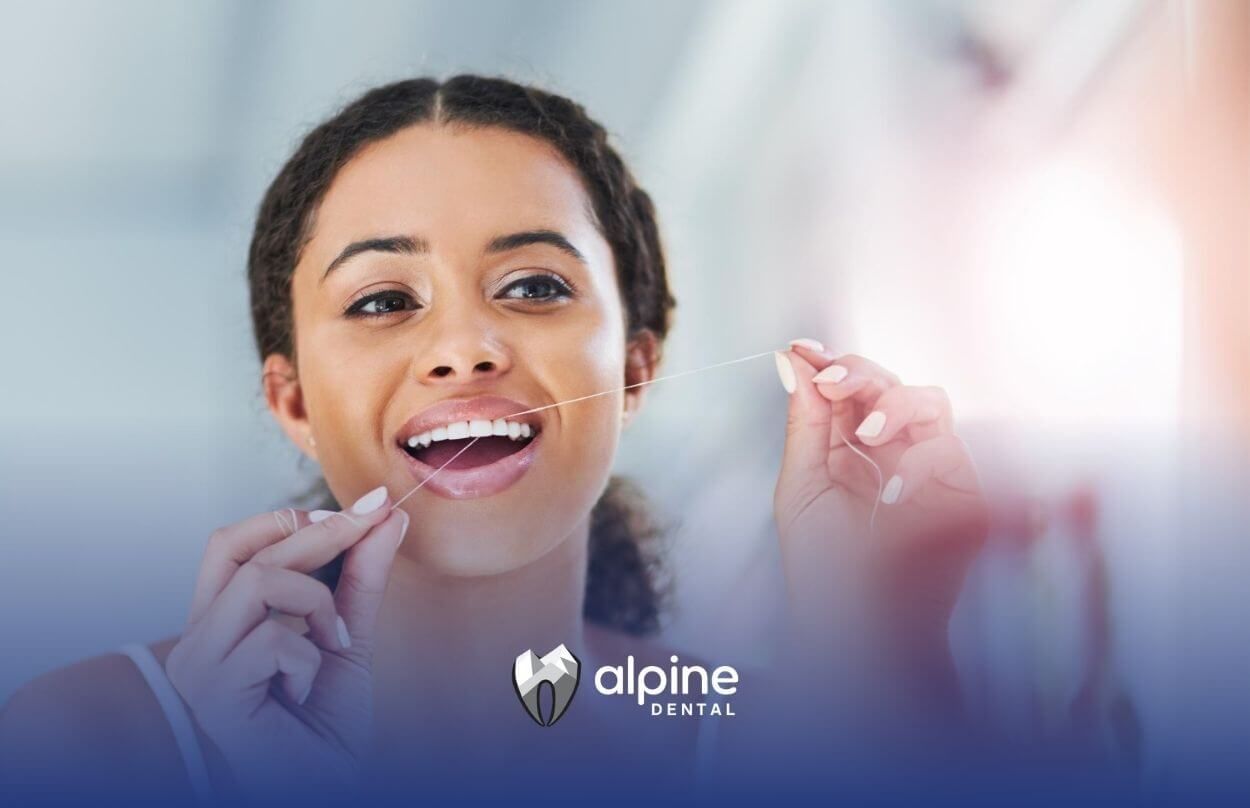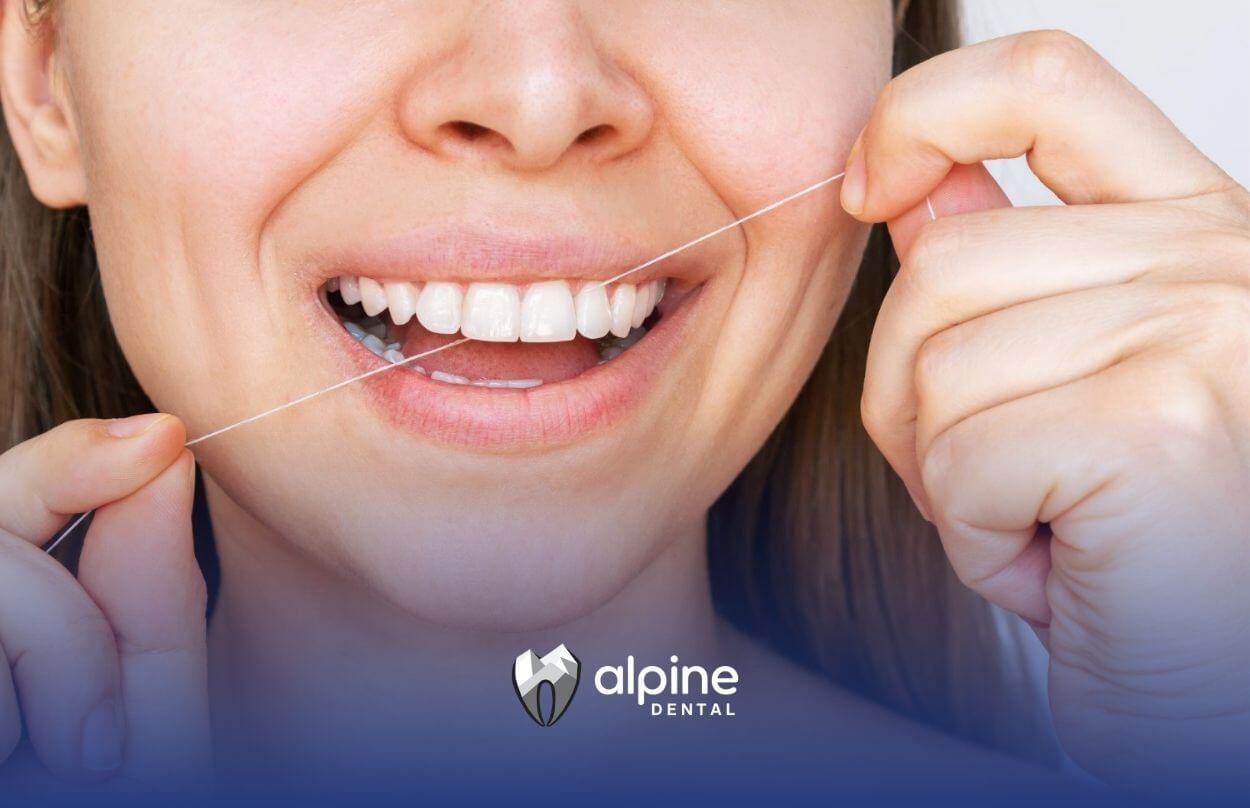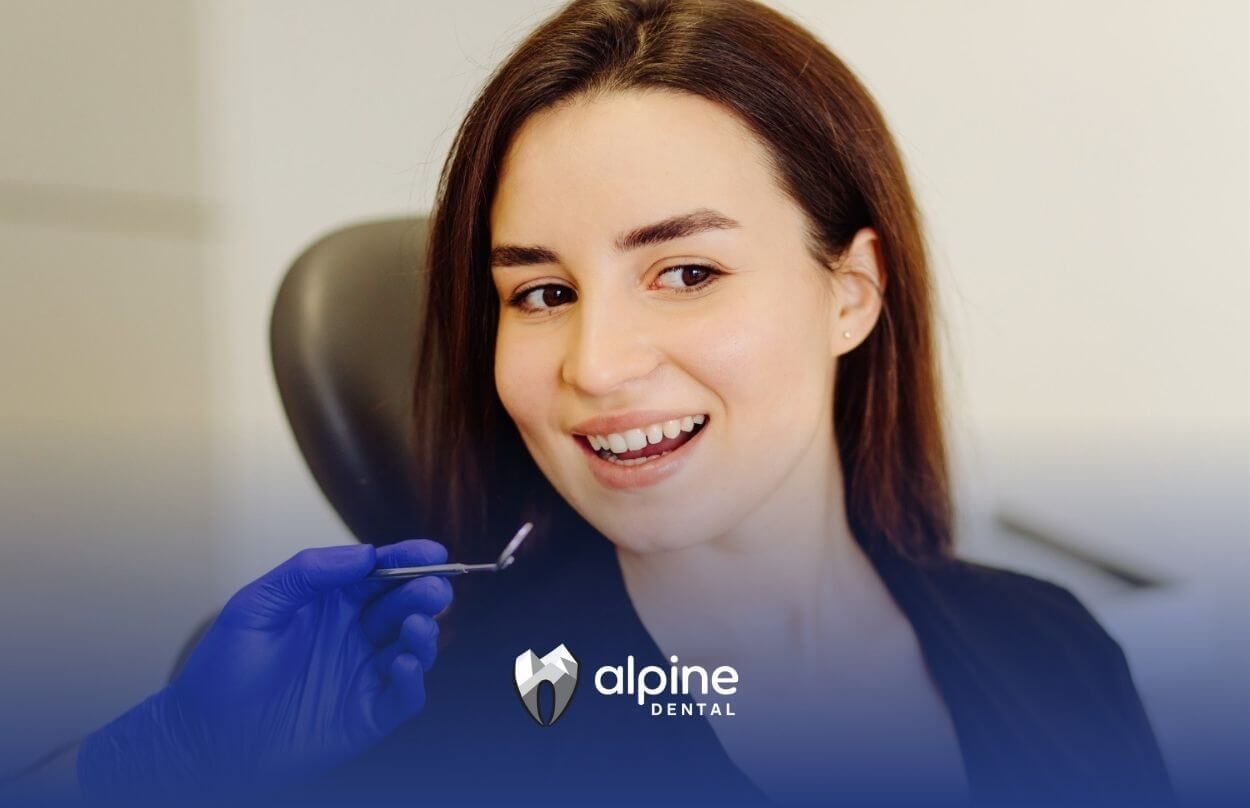Debunking Common Teeth Whitening Misconceptions for Families
Families often face confusion when considering teeth whitening, especially with so many common teeth whitening misconceptions floating around. Parents may worry that bleach harms enamel or that over-the-counter kits work just like professional treatments. By unpacking these myths, dental professionals in Lakewood, New Jersey and beyond can help individuals of all ages make informed decisions about brightening smiles.
This article will explain how whitening actually works, debunk safety and effectiveness myths, outline potential side effects, and share best practices for a safe, lasting result.
Understanding Whitening Basics
How Whitening Works
Teeth whitening relies on bleaching agents, most commonly hydrogen peroxide or carbamide peroxide. These molecules penetrate the enamel’s microscopic pores, break down colored compounds in the dentin (the inner tooth layer), and release oxygen to lighten stains. Contrary to popular belief, the outer enamel remains intact when high-quality whitening gel is used under professional guidance, as it does not dissolve the enamel’s mineral structure.
Types of Whitening Methods
Professional Treatments
In-office whitening is performed by a dentist or dental assistant. It uses higher-strength bleaching agents and custom-fitted trays or light-activated gels to achieve 3–6 shades of improvement in about one to two hours. The typical cost starts around $300. Advantages include deeper stain removal, longer-lasting results, and overseen application.
At-Home Kits
Over-the-counter options like whitening strips, trays, rinses, and brushes contain lower peroxide concentrations. Results appear gradually over days or weeks, and kits average about $50. Convenience and affordability are appealing, but without professional supervision, risks of misuse and uneven whitening increase.
Comparison Table
| Feature | Professional Treatment | At-Home Kit |
|---|---|---|
| Average Cost | $300+ | $50 |
| Treatment Time | 1–2 hours | Several days to weeks |
| Whitening Agent Strength | High (25–40% peroxide) | Low (5–15% peroxide) |
| Customization | Custom trays, shade matching | One-size-fits-most trays or strips |
| Duration of Results | Up to 2 years | 6 months to 1 year |
| Safety Monitoring | Continuous dental supervision | Self-applied, no professional checks |
Myths About Whitening Safety
Enamel Damage Myth
One widespread belief is that whitening permanently erodes enamel. Research shows that when dentists use reputable gels, the enamel stays intact. The bleach opens surface pores without dissolving the hard outer layer. Conversely, applying hydrogen peroxide or vinegar directly at home can damage enamel and gums.
Sensitivity Myth
Some assume sensitive teeth rule out whitening. In fact, dental professionals offer desensitizing agents and lower-concentration formulas to reduce discomfort. Custom-fitted trays also minimize gum contact and allow safer application. Even patients prone to sensitivity can achieve brighter smiles with the right protocol.
Misconceptions on Effectiveness
Stains Will Vanish Myth
It’s often thought that whitening removes every discoloration. Natural tooth enamel responds well to peroxide, but restorations, such as crowns, veneers, and fillings do not whiten. Treating teeth with dental work can result in uneven shades. Additionally, grayish stains from genetics or certain medications may resist bleaching.
UV Light Whitening Myth
The idea that ultraviolet light yields instant whitening is misleading. UV exposure can irritate oral tissues and eyes, and its safety is not well established. Dentists rely on peroxide concentration and safe LED lights rather than direct UV rays for accelerated results.
Side Effects and Risks
Tooth Sensitivity
Temporary sensitivity is the most common side effect. Bleaching agents may interact with dentin, triggering discomfort when consuming hot or cold foods. This sensation usually resolves within a day or two. Applying potassium nitrate-based gels or using lower-strength treatments can mitigate this risk.
Gum Irritation
Gum soreness or redness can occur if bleaching gel contacts soft tissue. Custom-fitted trays and precise application reduce this issue. In rare cases of overexposure, symptoms subside within a few days.
Allergic Reactions
Though uncommon, allergic responses to bleaching agents may cause itching or swelling. Immediate dental or medical attention is advised if such reactions arise.
Over-Whitening Effects
Excessive use of whitening products can make enamel translucent, revealing the darker dentin beneath and giving teeth a blue or gray tint. Sticking to manufacturer guidelines and professional recommendations prevents this outcome.
Avoiding Stain Factors
Foods and Beverages to Limit
Certain consumables stain teeth by depositing pigments, acids, tannins, or chromogens on enamel.
- Berries such as raspberries, blackberries, blueberries, pomegranates, and cranberries have strong colors and high acidity that can cause staining over time.
- Citrus fruits like lemons, limes, oranges, and grapefruits erode enamel through acid wear, making teeth more prone to discoloration.
- Black tea and coffee contain tannins, pigmented molecules that penetrate enamel and stain over time.
- Red wine bathes teeth in dark pigments and acid, increasing the risk of deeper stains compared to grape juice.
Lifestyle Contributors
Tobacco use and dark-colored sodas also deposit chromogens that adhere to enamel. Rinsing with water after consumption and waiting 30 minutes before brushing can minimize acid erosion and stain adherence.
Tips for Safe Whitening
Consult a Dental Professional
An individual oral health assessment guides the choice between in-office and at-home options. Dentists can identify enamel weaknesses, gum conditions, and restoration work before recommending a tailored whitening plan.
Maintain Oral Hygiene
Consistent brushing, flossing, and regular cleanings prevent plaque buildup and surface stains. Good hygiene enhances whitening results and prolongs brightness.
Use Desensitizing Products
Whitening systems with potassium nitrate or fluoride help buffer sensitivity. Over-the-counter gels and prescribed toothpastes can be used before or after bleaching to soothe nerves.
Caution With Natural Remedies
Baking soda is a mild abrasive that can reduce surface stains but should not be used daily to avoid enamel wear. Oil pulling and activated charcoal lack strong scientific backing and may damage enamel over time.
Plan for Touch-Ups
Whitening effects fade over time due to diet and aging. Results typically last six months to three years. Periodic maintenance treatments, either professional or at-home, help sustain an even shade.
Conclusion
By separating fact from fiction, families can approach teeth whitening with confidence. Recognizing how bleaching works, understanding safety protocols, and avoiding common myths ensures a brighter smile without unnecessary risks. A dental professional’s guidance remains crucial for customized treatment and lasting results. Those considering whitening should schedule a consultation, discuss any sensitivity concerns, and commit to sound oral care habits to keep their smiles radiant and healthy.
Ready for a whiter, healthier smile? Alpine Dental offers safe, professional teeth whitening tailored to your unique dental needs in Lakewood, NJ. Whether you’re concerned about tooth sensitivity, discoloration, or finding the right option for your age and dental history, our team is here to guide you every step of the way.
Schedule your whitening consultation today and take the first step toward a brighter, more confident you.
Frequently Asked Questions
Is professional teeth whitening better than over-the-counter products?
Yes. Professional whitening at a dental office uses stronger, dentist-approved bleaching agents that are safer and more effective, with faster and longer-lasting results.
How long do teeth whitening results last?
Results can last from 6 months to 2 years, depending on lifestyle habits such as smoking, coffee/tea consumption, and oral hygiene.
Does teeth whitening cause sensitivity?
Some patients may experience temporary sensitivity, but professional whitening treatments at Alpine Dental include options to minimize discomfort and protect enamel.
SOURCES:
https://www.healthpartners.com/blog/safe-teeth-whitening/
https://www.colgate.com/en-us/oral-health/teeth-whitening/discolored-teeth-five-foods-that-cause-stains
https://www.bupa.co.uk/newsroom/ourviews/teeth-staining-foods
https://newsnetwork.mayoclinic.org/discussion/mayo-clinic-q-and-a-many-safe-choices-available-to-help-whiten-teeth/
https://www.webmd.com/oral-health/ss/slideshow-natural-teeth-whitening




